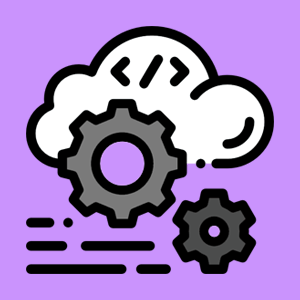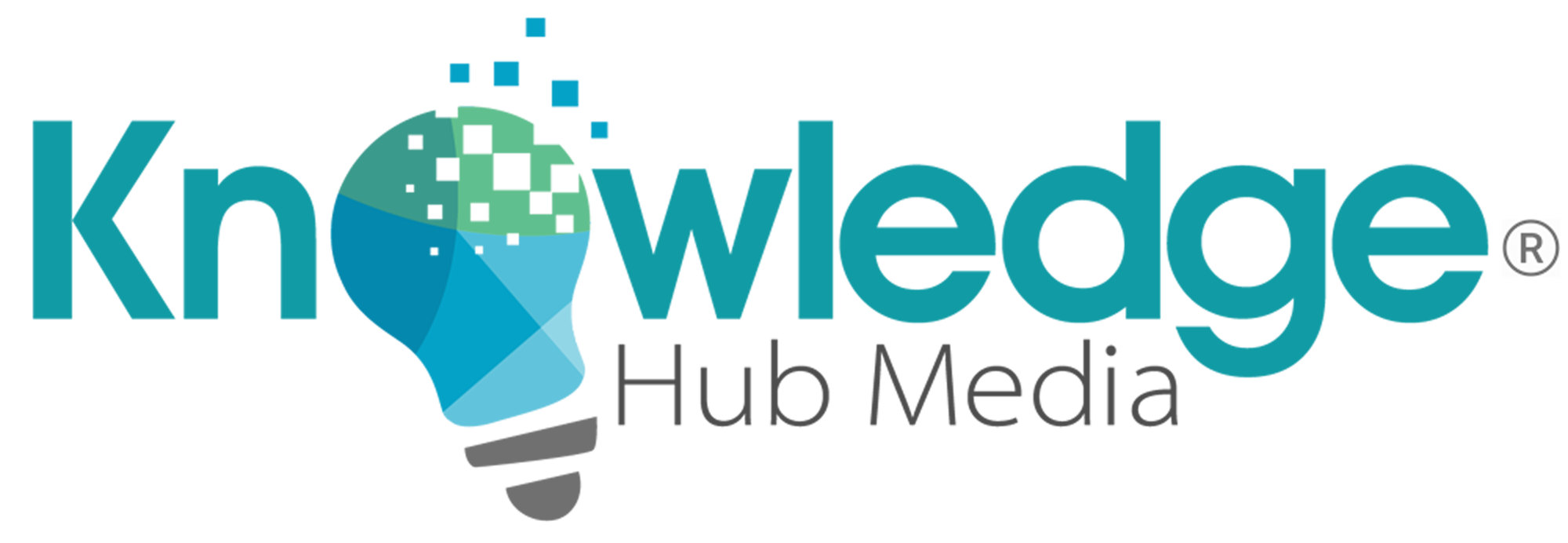 The year 2024 promises to be a transformative period for cloud computing, with businesses continuing to harness its capabilities to propel technological advancements such as artificial intelligence (AI) and the Internet of Things (IoT). In this article, we delve deeper into the intricate landscape of cloud technology, examining the nuanced trends that will shape the industry in the coming year.
The year 2024 promises to be a transformative period for cloud computing, with businesses continuing to harness its capabilities to propel technological advancements such as artificial intelligence (AI) and the Internet of Things (IoT). In this article, we delve deeper into the intricate landscape of cloud technology, examining the nuanced trends that will shape the industry in the coming year.
Edge Computing: Unleashing the Power at the Network’s Edge
Edge computing, positioned at the forefront of cloud strategies, emerges as a linchpin in data processing. By decentralizing data storage and processing capabilities to the network’s edge, it not only mitigates latency and bandwidth challenges but also champions privacy, expeditious data transfer, and heightened operational efficiency. The symbiotic relationship between edge computing and cloud technology positions it as a critical driver of the cloud approach in 2024.
Multi and Hybrid Cloud Solutions: Navigating Workload Distribution
The paradigm of multi-cloud and hybrid cloud systems gains prominence as organizations seek optimal flexibility and control over their data and applications. By seamlessly integrating on-premise, private, and public clouds, businesses can strategically distribute workloads among various cloud providers and on-premises frameworks, ensuring a dynamic and controlled computing environment.
Cloud Security and Resilience: Fortifying the Digital Fortress
The surge in cloud migration necessitates a laser focus on security and resilience. Cloud providers are responding with heightened investments in cutting-edge security features such as data encryption, access restrictions, and robust disaster recovery mechanisms. This concerted effort not only safeguards data but also contributes to the overall resilience of cloud ecosystems, assuring businesses of data safety in the evolving cloud landscape.
Blockchain: A Synergistic Alliance with Cloud Computing
The integration of blockchain technology with cloud computing signifies a groundbreaking partnership with the potential to revolutionize applications and services. As a distributed ledger system, blockchain augments the secure and efficient processing of massive datasets, offering unparalleled benefits for industrial applications. The promises of reliable security, transparency, and decentralization position blockchain as a catalyst for innovation in the cloud domain.
Internet of Things (IoT): Cloud’s Companion in Expanding Horizons
The burgeoning Internet of Things (IoT) landscape necessitates strategic investments from cloud providers. Acting as the connective tissue between computers, servers, and networks, IoT facilitates seamless data collection from remote devices. The marriage of cloud computing and IoT empowers enterprises to manage and analyze vast datasets generated by IoT devices, setting the stage for unprecedented insights and efficiencies.
Kubernetes and Docker: Orchestrating Cloud Installations with Precision
Container orchestration platforms, exemplified by Kubernetes and Docker, emerge as transformative forces in how organizations handle cloud installations. These open-source platforms automate the deployment, scaling, and administration of containerized applications, ushering in an era where businesses can efficiently launch and scale applications within the dynamic cloud environment.
Artificial Intelligence (AI) and Machine Learning (ML): Deepening Ties with Cloud Dynamics
The inseparable connection between AI, ML, and cloud computing intensifies, fueled by affordability and scalability. AI and ML systems, adept at managing vast datasets, become pivotal drivers of enhanced company productivity. Anticipated developments in 2024 include heightened automation and self-learning capabilities, demanding substantial computing and storage resources within the cloud infrastructure.
Automation: Symbiosis for Enhanced Efficiency
Automation remains the linchpin of cloud computing, enhancing business efficiency and system quality while mitigating the risk of downtime. The evolving landscape sees increased investments, coupled with the integration of citizen developer tools and AI, resulting in the development of user-friendly automation tools that promise enhanced accessibility for cloud providers.
Citizen Developer: Democratizing Innovation with Intuitive Tools
The concept of the Citizen Developer evolves, empowering individuals without coding expertise with the capabilities of connected technology. In the run-up to 2024, major corporations are set to introduce tools featuring drag-and-drop interfaces, democratizing the development process and enabling developers to create sophisticated programs without an extensive coding background.
More Data Investments: Unraveling the Potential of Data in the Cloud
The intrinsic capacity of the cloud to analyze, collect, and store data propels organizations to make substantial investments in advanced data processing capabilities. Storing voluminous data in distributed computing environments, often leveraging graphics processing units (GPUs), enables businesses to parallelize computation and extract nuanced insights, laying the foundation for data-driven decision-making.
Conclusion
As the curtain rises on 2024, the cloud technology landscape unfurls with dynamic growth and innovation. The intricate interplay of edge computing, multi-cloud solutions, fortified security measures, blockchain integration, IoT support, container orchestration, AI and ML advancements, automation, citizen developer tools, and increased data investments promises a future where businesses can not only harness but optimize the full potential of cloud computing, leading to transformative outcomes and unparalleled progress in the digital era.
